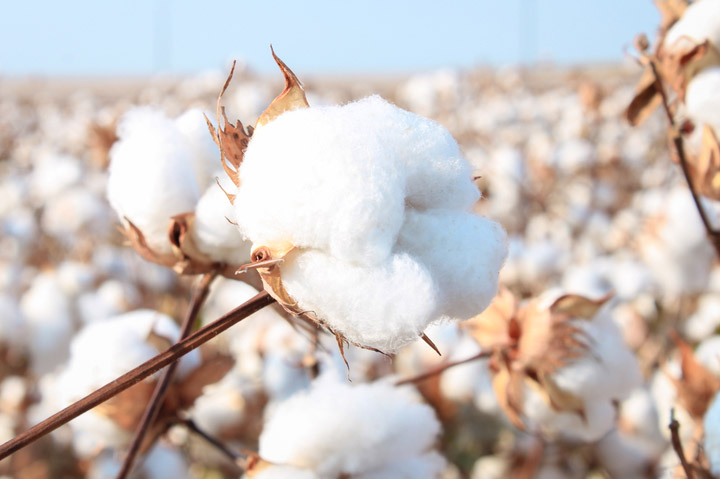News October 06, 2021
Rising Cotton Costs Could Trigger Higher Apparel Prices for Promo
Futures for the in-demand commodity climbed to levels not seen since 2011.
Cotton prices are soaring, and that could lead to higher prices on apparel at retail and in the promotional products industry.
The price of cotton futures jumped to their highest level in a decade this week, rising 4% on Tuesday to about $1.09 and hovering around $1.10 during at least part of Wednesday. Prices for the much-in-demand commodity, now trading at its highest levels since September 2011, have increased more than 22% in the last couple weeks.

“Higher clothing prices could eventually follow,” The Wall Street Journal reported.
CNN Business offered a likeminded assessment: “The cotton spike could eventually be passed along to consumers in the form of higher prices on jeans, T-shirts and other clothing. Consumer prices on apparel were already on the rise and the rally in cotton futures could drive prices even higher.”
Some promotional products executives believe distributors will soon see higher prices for wearables from suppliers as a consequence of the surge in cotton costs.
“The increase in cotton prices has been extreme and will absolutely affect the industry,” Eric Lange, director of pricing administration at alphabroder (asi/34063), an apparel juggernaut and promo’s second largest supplier, told ASI Media. “Eventually these price hikes will flow through to vendors and ultimately on to the end consumer.”
Have you seen the price of cotton lately? It's up another 4% today and 60% over the past year. The price is now at a ten-year high. But to break the record high set in 2008, prices still need to double from here. That could easily happen in 2022. Time to stock up on underwear.
— Peter Schiff (@PeterSchiff) October 5, 2021
Just when the price adjustments will hit remains a question, though.
Apparel manufacturers are paying now for cotton they’ll use to produce product down the line. They may wait to institute product price increases until they’ve sold through inventory made with cotton that was purchased at lower price levels.
Once products produced with the more expensive cotton enter the inventory mix, that’s when promo might see the price increases, though when exactly that might be is yet unclear, Lange said. It could potentially take a few months or longer.
“Either way,” Lange said, “it’s going to impact the industry.”
Factors driving the steep climb in cotton prices include extreme weather that’s affected crop production, leading to shortfalls. Strong demand from China for U.S. cotton, compelled in part by U.S. humanitarian-driven restrictions on cotton from China’s Xinjiang region, and Wall Street trading patterns have also fueled the price fire.
Overall, apparel prices in the U.S. already rose 4.2% between August 2020 and August 2021, government data shows. Certain categories outpaced the average, with men’s pants and shorts increasing 6.6% and women’s dresses accelerating nearly 12%.
The cotton concerns come as clothing mills and promo apparel suppliers were already dealing with a plethora of supply chain pressures that were making producing and sourcing garments more complicated and expensive. Those factors include higher labor costs, vastly increased shipping/freight expenses, COVID-related disruption at factories, yarn shortages and more.
